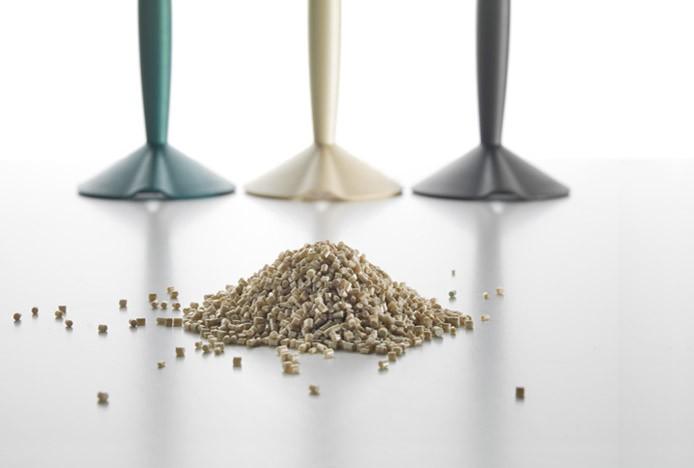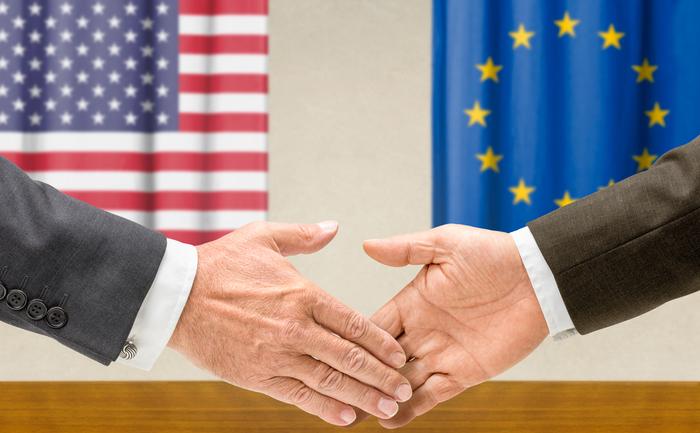Plastic coming from food waste—that is the remarkable promise of Italian company Bio-on, which claims their super-green product will revolutionize the world of plastics.
Marco Astorri and partner Guy Cicognani founded Bio-on back in 2007. The spark came a year earlier, when the two were producing electronic components for ski passes. Seeing those little cards abandoned in the valley, doomed to stay indefinitely, never decomposing, Astorri wondered if they could melt, like snow in the sun.
With no experience in the chemical industry, the two started from scratch. “We spent months studying bioplastics—making a list of what had been done so far and what we did not like and wanted to improve,” says Astorri. “The idea was to make a new material, similar to traditional plastics.”
Bioplastics are nothing new, produced since the early 1990s. Made from crops, bioplastics are completely biodegradable in a few months, unlike the traditional polycarbonate plastic derived from petroleum, which requires about a thousand years to degrade. But bioplastics, like biofuel, have always been criticized for their use of resources and their low quality. Bio-on sought to change all that.
Astorri and his collaborators decided from the start to adopt a completely green approach, not using food resources, but food waste, and refusing the possibilities offered by genetic engineering and classical chemistry, such as solvents. The solution arrived in the form of PHA, a polymer, which is synthesized by bacteria that “eat,” in a natural way, food waste.
After buying international patents, Bio-on scientists started directing their efforts toward a particular bacterium that “grows” with the waste products of the sugar beet. Astorri says it is an almost inexhaustible source of PHA. He emphasizes the collaboration with a local agricultural cooperative that will provide the necessary waste, in addition to contacts with sugar-cane-producing countries, such as Brazil and Egypt. But he is cagey about the details—careful to guard the project from interference ahead of wider commercial production.
Currently, bioplastics play only a marginal role in the plastics industry: about 1.10 million tons in every 275.58 million tons of plastic, reports Assobioplastiche. This low status is, in part, because bioplastics cannot match the quality of the traditional polycarbonate product. But Astorri is confident their new plastic will change all of that.
“Most of the objects we use daily that contain plastic, could switch to PHA instead. It’s value is as broad as its applications: from toys to telephones, from credit cards to packaging, the new material is ready to enter in our lives,” he says.
Paola Fabbri, Ph.D. materials engineering at Bio-on, explains in a video released by the company that the whole process is managed by bacteria. “Using food waste means there’s no competition with edible stuff. Actually, instead of spending money to deal with all that waste, it can now become a raw material.”
Their product is called Minerv-PHA—a name that pays homage to the figure of Greek mythology, Minerva, patron, among other things, of wisdom and commerce.
After being awarded with OK Biodegradable Water certification in July 2012, Minerv-PHA passed the ultimate test: showing that regarding flexibility, strength, and workability for everyday objects it can be as good as polycarbonate.
Piero Gandini, president of Flos, among the leading companies in the world for the production of lighting, challenged Bio-on. Fascinated by the project, he asked them to reproduce with Minerv-PHA, a symbol of the plastic in the ‘90s: the lamp called Miss Sissi, designed by Philippe Stark. Six months later the ’new' lamp was on Gandini’s desk.
With the secrecy that permeates the industrial phases of the project (partners and suppliers can’t be disclosed) it is difficult to get precise details, but Bio-on appears close to bringing its “real green revolution” to the world.
Astorri is still playing his cards close to his chest, but is confident in his hand. Pressed for details, he says, “I can only say that by mid-2013, there will be big news.”
The Epoch Times publishes in 35 countries and in 21 languages. Subscribe to our e-newsletter.






